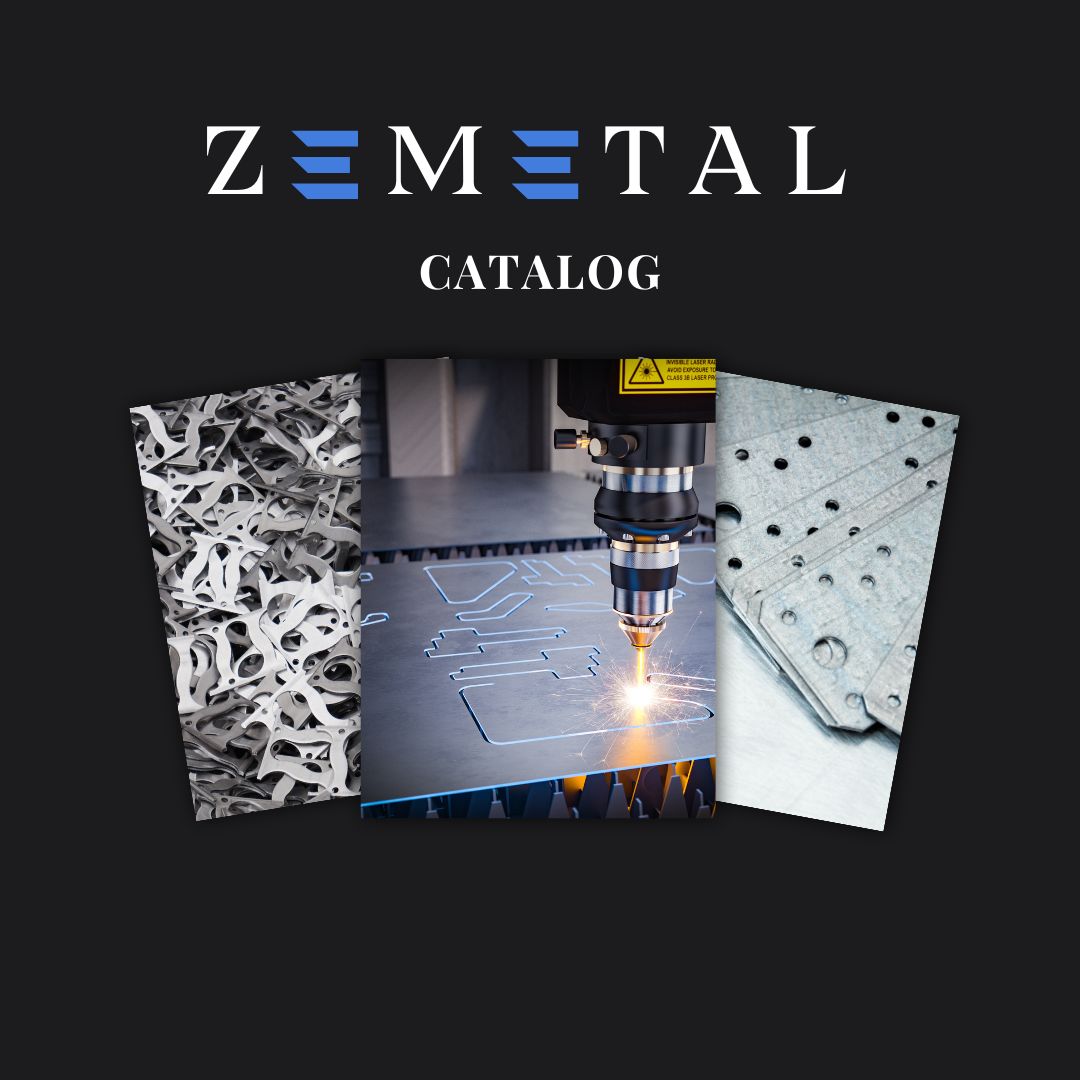Have you ever wondered how sandblasting metal can transform the surface of your product offerings? This powerful technique strips away imperfections, leaving a uniformly smooth finish.
With extensive experience in the field of metal fabrication, my guidance is rooted in practical knowledge and industry insights.
The technique of sandblasting metal is a cornerstone in modern metalworking. It efficiently cleans, prepares, and refines surfaces, essential for businesses aiming for high-quality metal products.
In this guide, we’ll explore the details of sandblasting, its numerous benefits, and how it can be a game-changer for your business.
Read on to see how sandblasting can transform your metalwork.
1. Understanding Sandblasting in Metalwork
Sandblasting, a critical process in metal fabrication, involves propelling abrasive materials at high speed to clean or alter metal surfaces. This technique adeptly removes rust, paint, and other coatings, unveiling a pristine surface ready for subsequent treatments. Its precision allows for meticulous cleaning, crucial for maintaining the integrity of detailed metal designs.
This details blend of art and science in metalwork is mirrored in the market’s growth. As reported by fnfresearch, the global sandblasting market is projected to expand to approximately USD 796 million by 2030. This growth trajectory underscores the increasing significance and application of sandblasting in various industrial sectors.
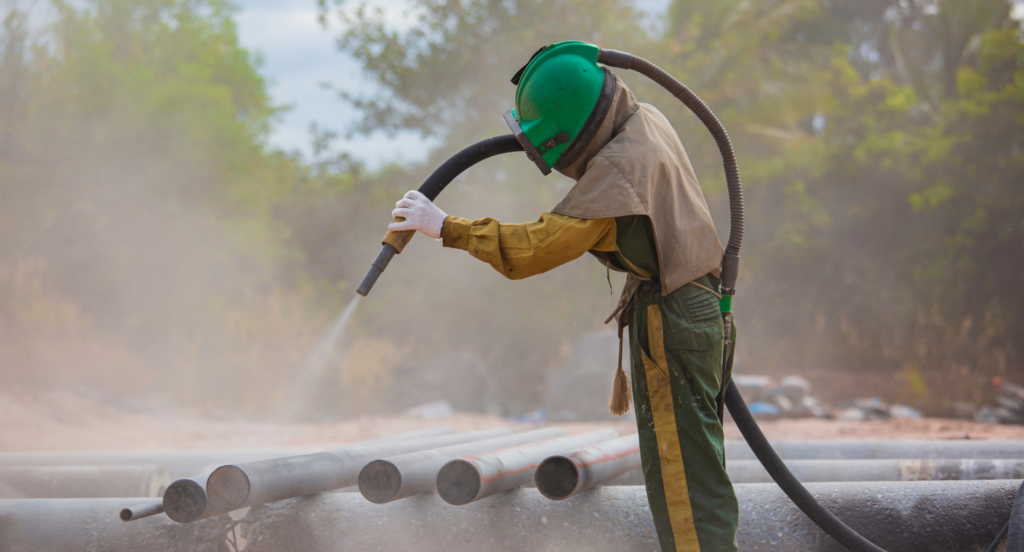
2. Benefits of Sandblasting for Metal Fabrication
After delving into the mechanics of sandblasting in metalwork, it becomes clear why this technique is so valuable. Here are some key benefits that sandblasting brings to the table in the realm of metal fabrication:
Increased Efficiency
In metal fabrication, efficiency is vital, and sandblasting offers a reliable solution. With Zemetal’s adoption of this technique, the time and effort needed for surface preparation are significantly reduced. This streamlined approach not only speeds up the fabrication process but also enhances productivity, allowing for a quicker turnaround on projects.
Enhanced Surface Quality
Sandblasting is key in achieving a clean and smooth surface on metal components. By removing rust, old paint, and other surface contaminants, it creates an ideal base for subsequent processes. This results in a superior finish, crucial for both functional and aesthetic purposes in metal fabrication.
Improved Adhesion
One of the most noteworthy advantages of sandblasting is its ability to improve adhesion. It’s remarkable how a properly sandblasted surface significantly increases the durability of coatings. By creating a roughened texture, it ensures that paints and protective coatings adhere better, thereby extending the lifespan and resilience of metal products.
3. Sandblasting Techniques for Different Metal Types
Selecting the right sandblasting technique for each metal type is crucial for optimal results. Here’s a breakdown of approaches for various metal types:
- Aluminum: Aluminum requires a delicate touch. A low-pressure technique with fine abrasives effectively cleans the surface without causing damage or warping.
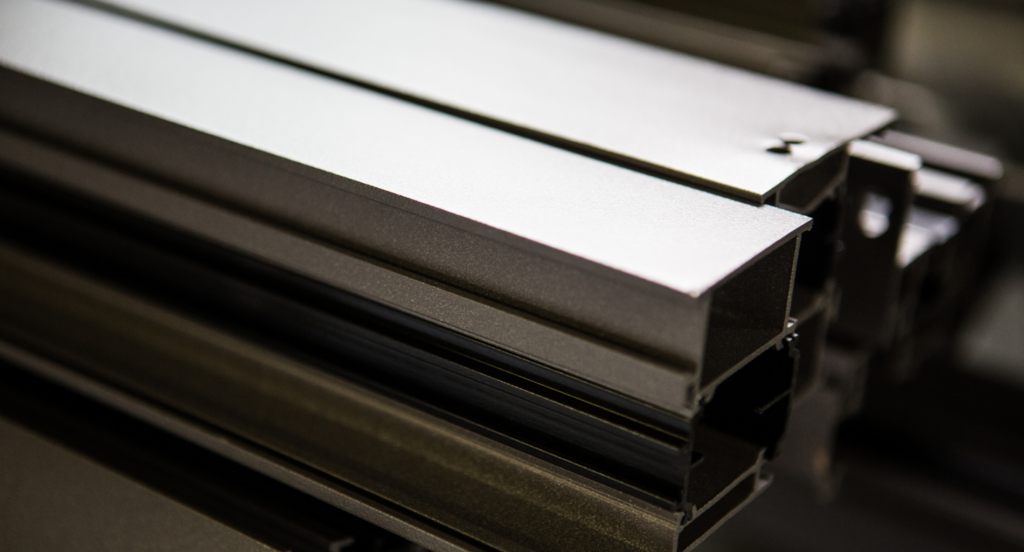
- Stainless Steel: Stainless steel can endure a more robust sandblasting process. Using medium to coarse abrasives at a higher pressure removes imperfections and prepares the surface for further treatment.
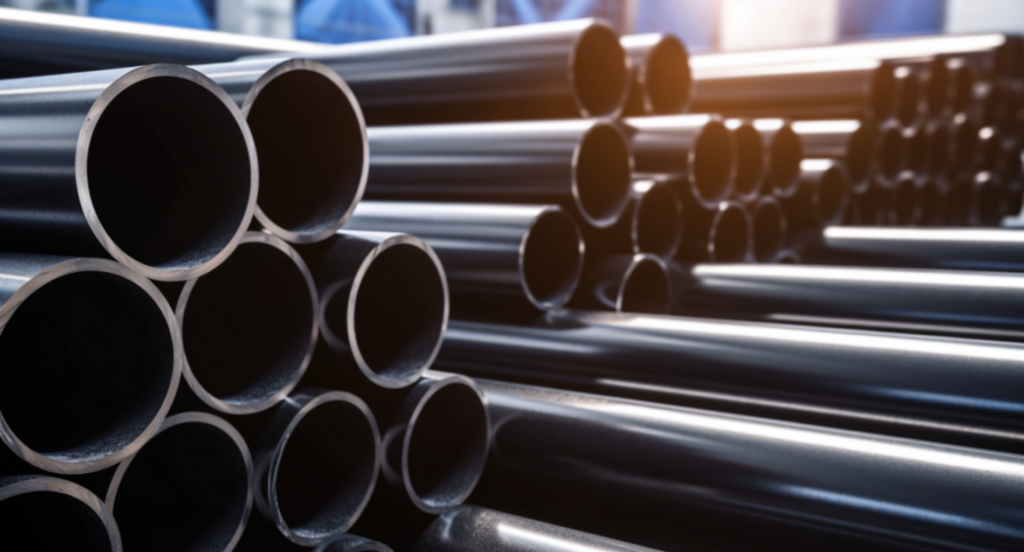
- Cast Iron: Cast iron’s durability allows for high-pressure sandblasting. This method effectively strips away rust and old paint, making it ideal for restoration.
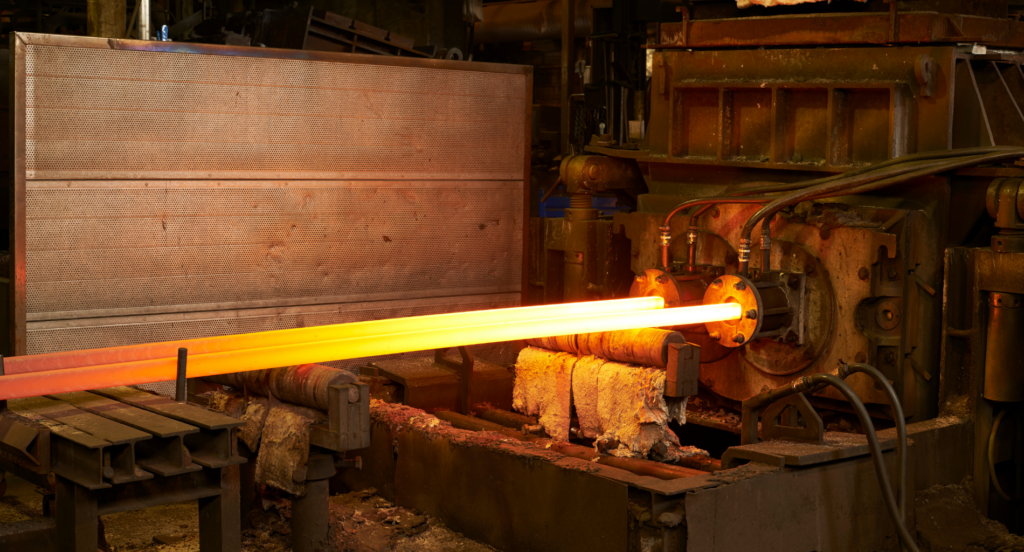
- Copper: Sandblasting copper needs a balanced approach. Medium abrasives at moderate pressure are sufficient to clean the surface while preserving the metal’s integrity.
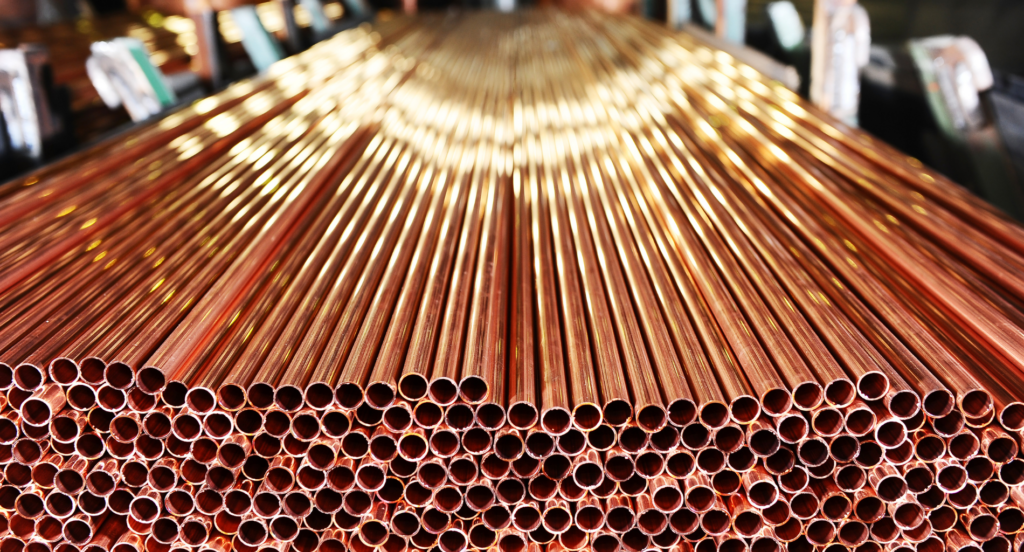
- Brass: For brass, a gentle approach is best. It’s always a delight to see how well brass responds to low-pressure sandblasting, revealing its natural luster without damage. Fine abrasives ensure the metal’s characteristics are maintained while achieving a clean, polished surface.
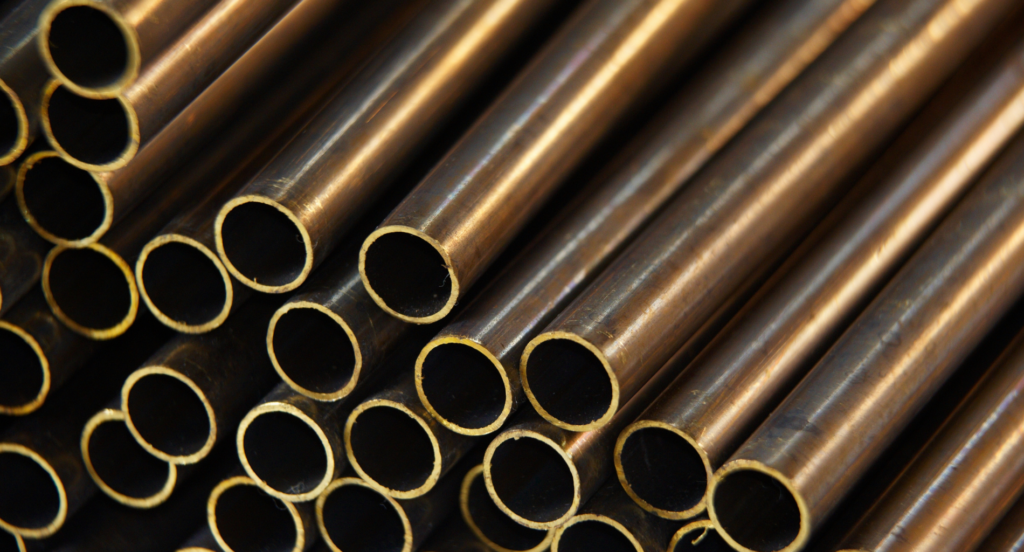
4. Step-by-Step Process of Sandblasting Metal
Following the identification of techniques for various metal types, the next step is understanding the sandblasting process itself. Let’s outline the general step-by-step process of sandblasting metal:
Step#1 Selection of Abrasive Material
Choosing the right abrasive material is crucial, as it directly impacts the quality of the sandblasting outcome. For example, the type of metal and the desired finish dictate the selection, ensuring that the abrasive is aggressive enough to remove imperfections yet gentle enough to preserve the metal’s integrity.
Step#2 Preparation of the Metal Surface
The metal surface must be thoroughly cleaned before sandblasting. This involves removing any loose rust, dirt, or oil, which can affect the sandblasting efficiency and the final outcome. Ensuring a clean start not only optimizes the sandblasting process but also significantly enhances the end result, something I’ve consistently observed in various projects.
Step#3 Setting Up the Sandblasting Equipment
The next step is setting up the sandblasting equipment, which includes adjusting the air compressor, preparing the blasting pot, and ensuring all safety measures are in place. The equipment should be tested on a small area to confirm the settings are correct.
Step#4 The Sandblasting Process
During the actual sandblasting, the nozzle is moved uniformly over the surface. It’s essential to maintain a consistent distance and angle, as this ensures even cleaning and texturing of the metal. This step is crucial for achieving the desired surface quality without overblasting.
Step#5 Cleaning and Inspection
After sandblasting, the metal is cleaned to remove any residual abrasive particles. A thorough inspection is then conducted to ensure the surface is evenly treated and ready for any subsequent processes, such as painting or coating.
5. Application Areas of Sandblasting in Metalwork
Sandblasting has a significant role in enhancing and preparing metalwork across varied industries. Here are some areas where its impact is especially notable:
Marine Industry
In the marine industry, sandblasting is vital for maintaining and repairing ships and offshore structures. It effectively removes barnacles, rust, and old paint from hulls and decks, creating a clean surface for repainting and coating. This process is essential for preventing corrosion caused by harsh marine environments, thereby extending the life of the vessels.
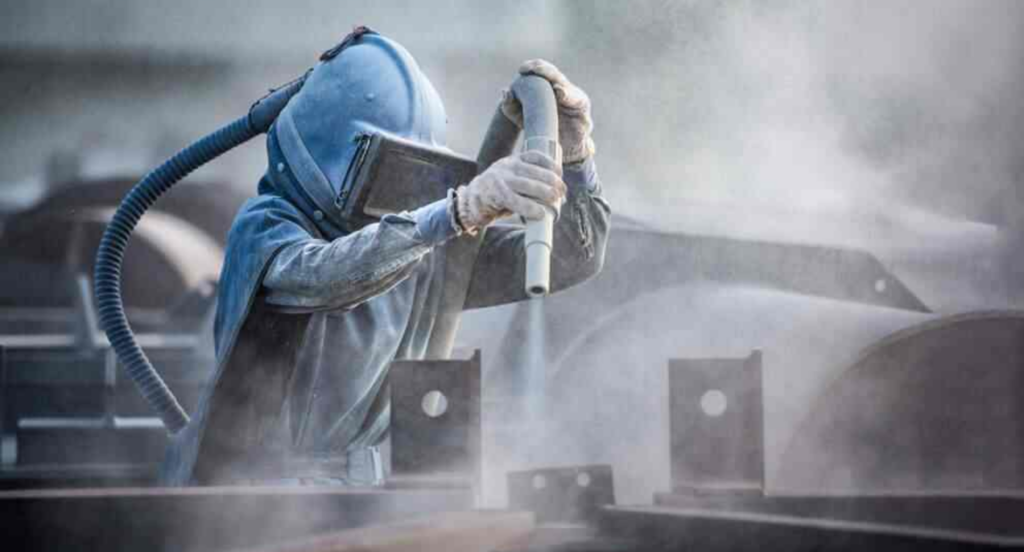
Oil and Gas Industry
The oil and gas sector utilizes sandblasting for pipeline and equipment maintenance. It’s used to clean pipelines, storage tanks, and other metal structures, ensuring they are free from corrosive substances and buildup. This not only helps in maintaining the integrity of these structures but also in adhering to safety and environmental regulations.

Metal Art and Sculpture Industry
In metal art and sculpture, sandblasting serves as an essential tool for crafting textures and finishes. It offers artists the means to enhance the beauty of metal, converting it into exquisite artworks. The technique provides meticulous control over the surface texture, allowing for a vivid expression of artistic vision in metal forms.
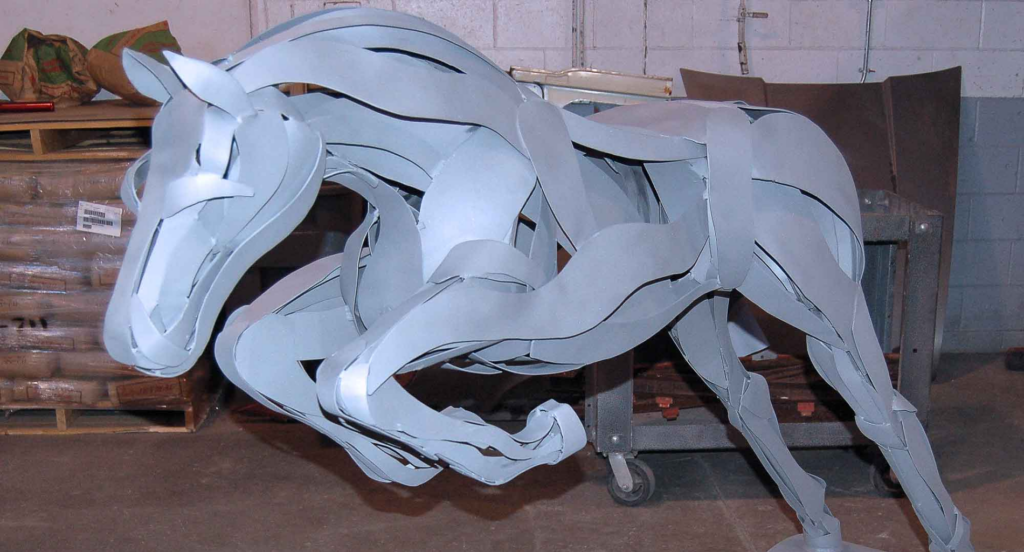
6. Troubleshooting Common Sandblasting Issues
In the realm of sandblasting, encountering and resolving challenges is part of the process. Let’s delve into some common issues and their effective solutions:
Uneven Sandblasting
Uneven sandblasting often results from inconsistent pressure or uneven movement of the sandblasting nozzle. To address this, ensure consistent pressure is maintained and the nozzle is moved evenly over the surface. Regular maintenance of equipment and training operators in proper technique are essential for achieving uniform results.
Excessive Wear of Equipment
Frequent use of sandblasting equipment can lead to excessive wear, especially in the nozzle and hoses. At Zemetal, regular checks and timely replacements of these components are standard practice to maintain optimal performance and extend the life of the equipment. This proactive approach prevents downtime and ensures continuous, efficient operation.
This table details the strategies employed by Zemetal to address and mitigate excessive wear in sandblasting equipment, focusing on regular maintenance and timely replacement of key components.
| Component | Wear Issue | Maintenance Strategy | Benefit of Approach |
| Nozzle | Rapid wear due to abrasive materials | Regular inspection and timely replacement | Maintains efficiency and precision |
| Hoses | Degradation from frequent use | Scheduled checks and proactive replacement | Prevents leaks and pressure loss |
| Valves | Wear from continuous operation | Routine monitoring and maintenance | Ensures consistent performance |
| Compressor Parts | Deterioration from constant use | Periodic servicing and parts replacement | Extends overall equipment life |
| Control Systems | Aging from operational stresses | Continuous monitoring and timely upgrades | Enhances safety and operational reliability |
Inadequate Surface Cleaning
Inadequate cleaning of the metal surface before sandblasting can result in poor adhesion of coatings and uneven finishes. It’s crucial to thoroughly clean and degrease the metal to ensure the best possible outcome. Implementing a detailed pre-sandblasting cleaning protocol is essential for achieving the desired surface quality.
7. Environmental Considerations and Best Practices
While addressing the common sandblasting issues, it’s essential to shift focus to the environmental aspects and best practices in this field. Let’s take a closer look at how these practices not only enhance sustainability but also ensure compliance with environmental standard:
Minimizing Dust Emissions
Controlling dust emissions is a key environmental concern in sandblasting. Employing dust collection systems and using eco-friendly abrasives can significantly reduce airborne particles. For example, using water in wet sandblasting not only suppresses dust but also provides a cleaner finish.
Safe Disposal of Used Abrasives
After sandblasting, the proper disposal of used abrasives is essential to prevent environmental contamination. This includes segregating and disposing of hazardous materials according to local regulations. Implementing a waste management plan ensures that abrasives are handled responsibly, reducing the environmental footprint.
Reducing Noise Pollution
Sandblasting can generate significant noise, impacting both operators and the surrounding environment. Using sound-dampening enclosures and choosing low-noise equipment are effective ways to mitigate this issue. It’s impressive how these solutions not only enhance workplace safety but also contribute to environmental conservation. These practices are key to balancing efficient operations with environmental responsibility.
8. 3 Future Trends and Developments in Sandblasting
As sandblasting technology advances, it’s important to stay abreast of the emerging trends and developments shaping its future. Let’s explore some of the innovative changes poised to transform the landscape of sandblasting:
#1 Eco-Friendly and Sustainable Abrasives
The shift towards eco-friendly and sustainable abrasives is a significant trend in sandblasting. These materials aim to reduce environmental impact without compromising on performance. Innovations in this area focus on biodegradable, less toxic abrasives that still deliver excellent results. Development efforts are concentrating on sourcing and refining natural abrasives that are both effective and environmentally friendly.
#2 Advanced Automation and Robotics in Sandblasting
Advanced automation and robotics are becoming increasingly prevalent in sandblasting. This trend involves using robotic arms and automated systems for precise, consistent sandblasting, minimizing manual labor. The development in this area focuses on creating more sophisticated robotic systems that can adapt to various shapes and sizes of metal pieces.
#3 Integration of IoT for Real-Time Monitoring and Control
The integration of the Internet of Things (IoT) in sandblasting is poised to revolutionize the industry. IoT enables real-time monitoring of the sandblasting process, allowing for immediate adjustments and enhanced control. IoT developments in sandblasting aim to create smarter, integrated systems. These systems optimize sandblasting by auto-adjusting pressure and abrasive flow, tailoring to various materials and finishes.
Conclusion
This exploration into sandblasting has highlighted its indispensable role in metal fabrication, covering various techniques, benefits, and upcoming trends. The insights offered are intended to enhance your understanding and application of this vital process in the metalwork industry.
Turn these insights into action with Zemetal, your trusted partner in innovative metalwork solutions. Contact us today for a collaboration that transforms your metal fabrication aspirations into reality.
Dive Deeper Into Our Resources
Looking for more diverse service options? Browse through our handpicked selections:
For some insightful reads, we’ve curated a list of recommended articles just for you:
Still haven’t found what you’re looking for? Don’t hesitate to contact us. We’re available around the clock to assist you.








